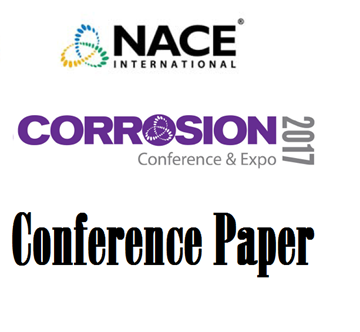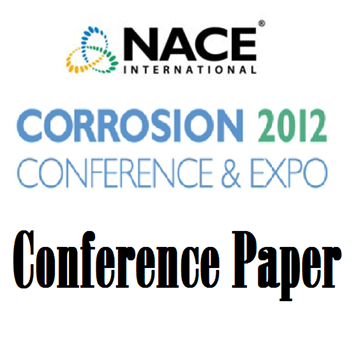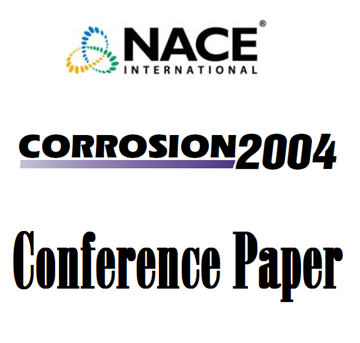Search
51316-7680-Materials Selection for Use in Hydrochloric Acid
Also Purchased
51317--9639-The Performance of Corrosion Resistant Ni-Cr-Mo Alloys in Concentrated Hydrochloric Acid
Product Number:
51317--9639-SG
ISBN:
9639 2017 CP
Publication Date:
2017
$20.00
51312-01443-SUMMARY OF SOME NICKEL ALLOYS USED IN CHEMICAL PRODUCTION INVOLVING HYDROCHLORIC AND SULFURIC ACIDS
Product Number:
51312-01443-SG
ISBN:
01443 2012 CP
Publication Date:
2012
$20.00
04233 Alloy Selection for Dilute and Medium Concentration Sulfuric Acid
Product Number:
51300-04233-SG
ISBN:
04233 2004 CP
Publication Date:
2004
$20.00
Recently viewed




